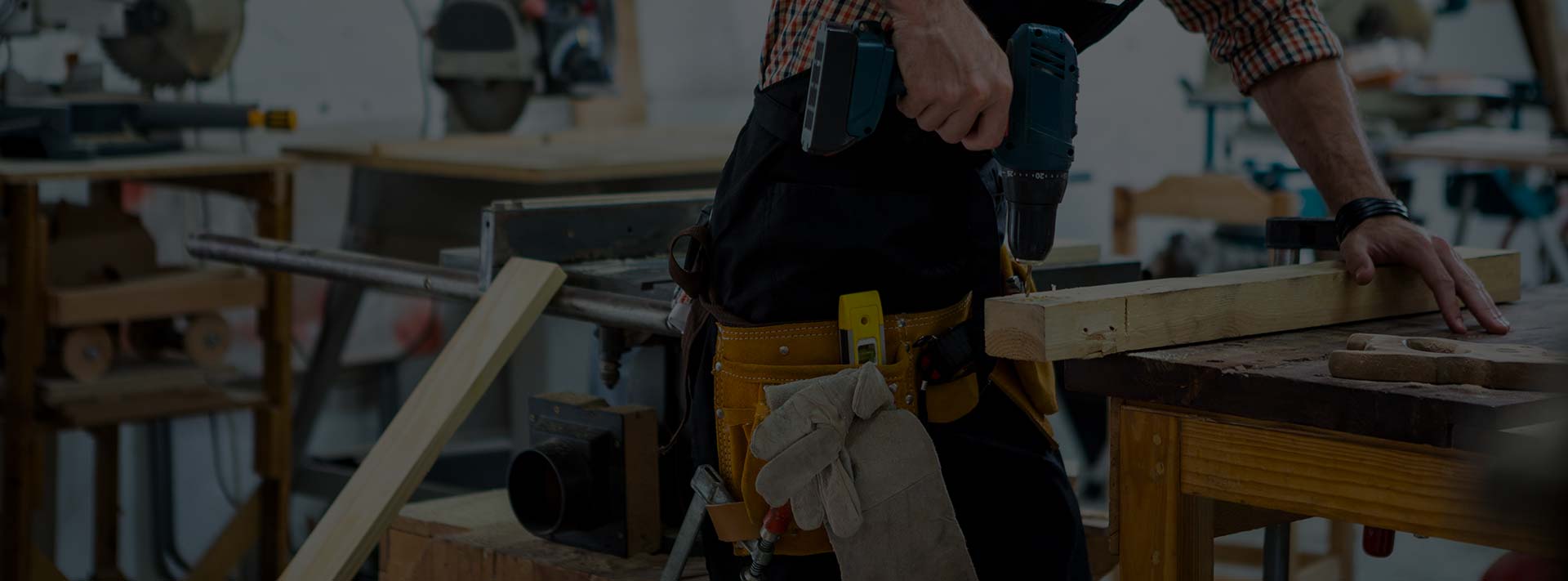25 Nov Why Choose Triple Offset Valve Over Ball Valves?
It’s important to pick the ideal device for your chemical or power plant, and the type required depends on its application. Triple offset butterfly valves are often considered the highest standard for virtually any application because they are durable, long-lasting and require minimum maintenance. However, when you’re trying to cut overhead costs while putting a processing plant together, it’s tempting to consider using a ball valve. In this post, we’ll look at why a triple offset valve is still a more cost-effective, safe and efficient choice for your processing application.
Ball Valves: the Pros and Cons
While triple offset valves have a disk that stops the flow of liquid, the ball valve has a spherical closure system. It opens and closes by rotating the ball 90 degrees, and it can also be used to reduce or increase the flow. When used to modify the amount of flow, its spherical shape distributes the flow accurately and with minimal disruption to pressure levels in the system. Because of this, the ball valve is great for applications in which you need to continually regulate flow.
However, the shortfalls of ball valves are not hard to come by. There are many applications that ball valves are unsuited for because they can’t handle the temperature, pressure or corrosivity of the materials being processed. There’s a limit to what ball valves can withstand before they’re prone to leakage, and this makes them a safety risk when used in any application that is too much for them to handle. While it’s not the highest performing valve, if a ball valve is all you need for your application, then it is typically the most expensive option. It’s also heavy, large face to face and time consuming to install.
Triple Offset Butterfly Valve Features
The triple offset butterfly valve has a disc that is offset from the center of its seat. This way, as the disk moves, it navigates away from the seat rather than across it. In effect, there’s less wear and tear on the metal and other parts, increasing the valve’s lifespan. Plus, the valve is able to open and close very quickly with just a turn. The disk closure is leak-proof and frictionless and made of hardened metal able to withstand high-pressure levels and extreme hot and cold temperatures, as well as corrosive elements.
Applications that Require a Triple Offset Butterfly Valve
For some, the use of a triple offset valve is non-negotiable. It has features unmatched by any other valve type, making it the best option for several applications. One example is oil drilling and petroleum processing. Oil leak disasters must be minimized at all costs, and high-performance butterfly valves are the best device for a leak-proof seal. Energy power plants also require triple offset butterfly valves because they can withstand the high-pressure levels and the extremely high temperatures the materials subject them to. Plus, since they’re completely fire-proof, they’re also the safest option. Triple offset butterfly valves are the best option for cryogenic cooling plants, too, since they’re able to tolerate temperatures as low as -320°F.
Benefits of Choosing a Triple Offset Butterfly Valve
A triple offset butterfly valve seals with a disc that opens and closes without creating friction or wear and tear over time. The result is a leak-proof device that lasts a long time before it needs any maintenance. It’s cost-effective and energy-efficient, as is known to reduce actuator power requirements. It’s torque-sealed rather than position-sealed, and its seat is placed in a way that prevents over-travel.
With its low torque, the triple offset butterfly valve enables quick opening and closing. With its ability to withstand extreme temperatures and pressure levels, you can worry less about safety hazards. You can also assure there’s no risk of corrosion because triple offset butterfly valves aren’t made with elastomers or any other material that is vulnerable to reactive chemicals.
Choosing the Right Valve Type for Your Application
Triple offset butterfly valves are the best option for power generation applications, and they’re the safest way to go for oil drill and petroleum refinery because they pose a minimal risk for leaks. Water treatment plants can also benefit from triple offset butterfly valves because they’re the safest, most leak-proof option.
Whether or not your application needs ball valves or a triple offset butterfly valve depends upon whether a ball valve is enough to handle the job. If you’re not processing volatile materials that require different materials to prevent leaks, then you can save money by using a ball valve. On the other hand, if you pick a ball valve when you really require a triple offset butterfly valve, you’re putting your plant, your bottom line, and your employees’ safety at risk. To decide on the ideal valve, consider the viscosity, temperature and pressure levels of the substances you’ll be processing.


No Comments